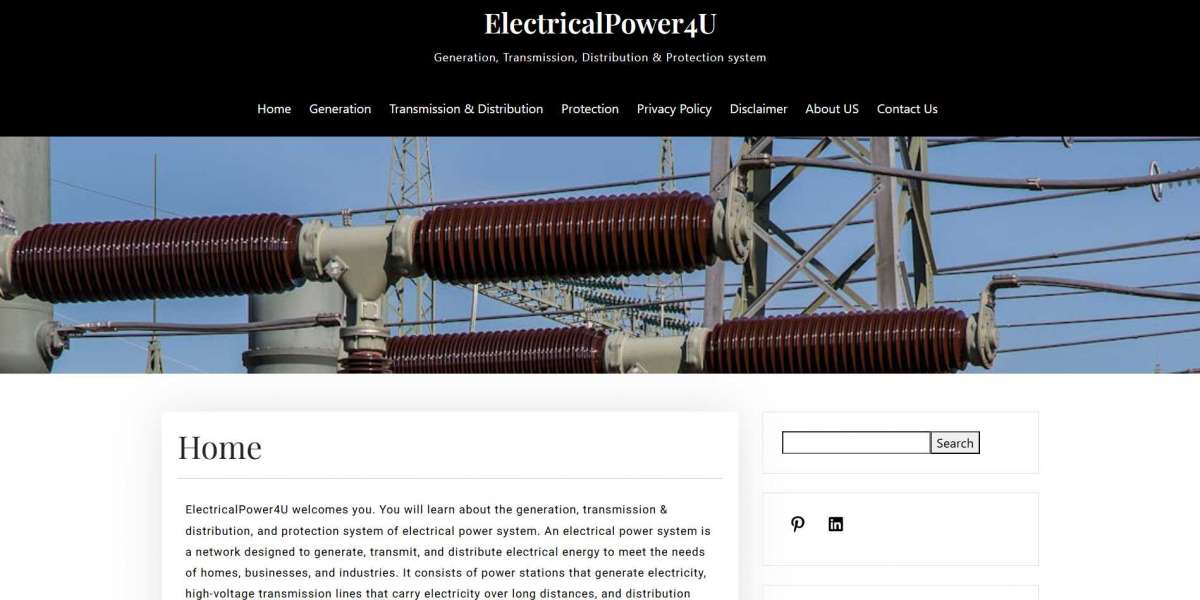Understanding Current Transformers: Key Components and Applications
Current transformers (CTs) are essential devices used in electrical systems for measuring and monitoring electrical currents. These transformers play a vital role in safely stepping down high current levels to a manageable range, making them crucial for accurate readings and protecting equipment. In this article, we explore the key features, working principles, and applications of current transformers.
What is a Current Transformer?
A current transformer is a type of transformer that is specifically designed to measure alternating current (AC) by converting it into a proportional smaller current that can be safely measured and monitored. It typically consists of a primary winding, which is a single turn or a conductor carrying the current to be measured, and a secondary winding, which has multiple turns and is used to output a scaled-down version of the primary current.
By reducing the current to a much lower and manageable value, CTs allow for accurate monitoring and control without the risk of overloading measuring instruments or protection devices. This ability to safely monitor high currents makes CTs an essential component in electrical systems where precise measurements are necessary.
How Does a Current Transformer Work?
The working principle of a current transformer is based on electromagnetic induction. The primary winding of the transformer is not a conventional coil but rather a single turn or a conductor through which the current flows. The secondary winding consists of a coil wound around a magnetic core.
When current flows through the primary conductor, it generates a magnetic field. This magnetic field induces a current in the secondary winding according to Faraday’s Law of Induction. The current in the secondary winding is proportional to the current in the primary conductor but is scaled down according to the turns ratio between the primary and secondary windings.
For instance, if the turns ratio is 100:1, for every 100 amperes in the primary conductor, the secondary winding will generate 1 ampere. This proportionate reduction ensures that instruments connected to the secondary circuit can safely measure the current without the risk of damage due to excessive current levels.
Types of Current Transformers
Current transformers come in various types, each designed for specific applications. Some of the most common types include:
1. Bar Type CT
Bar-type CTs are designed for high-current applications and use a solid bar of metal as the primary winding. The conductor carrying the current to be measured passes through the center of the bar, allowing for accurate current measurement. These CTs are typically used in applications involving large currents, such as in industrial and utility settings.
2. Toroidal CT
Toroidal CTs feature a doughnut-shaped core with the primary conductor passing through the center. This design is compact and efficient, providing excellent accuracy in measurements. Toroidal CTs are commonly used in applications where space is limited, such as in circuit breakers or electrical meters.
3. Window Type CT
Window-type CTs are similar to toroidal transformers but differ in that they have a larger opening, or window, through which the primary conductor passes. These are often used in applications where the primary current-carrying conductor is already in place, allowing for easy installation without interrupting the flow of current.
4. Split-Core CT
Split-core CTs have a design that allows them to be easily installed around a conductor without needing to disconnect the current-carrying wire. This makes them ideal for retrofitting existing systems, especially in situations where it is difficult to install traditional CTs. They are commonly used in energy monitoring and metering systems.
Applications of Current Transformers
Current transformers have a wide range of applications in electrical engineering, particularly in systems requiring accurate current measurement, protection, and control. Some of the most significant applications include:
1. Electrical Metering
Current transformers are extensively used in metering systems to measure the flow of current in circuits. By stepping down the current to a safe level, CTs enable energy meters to provide accurate readings for billing and energy consumption analysis. These measurements are essential for utilities and industries that rely on accurate billing and energy management.
2. Protection Systems
In power systems, current transformers play a crucial role in protection schemes, such as overcurrent protection and fault detection. When a fault occurs, CTs provide real-time current measurements to protective relays, which can trigger circuit breakers to disconnect faulty sections of the system. This helps prevent equipment damage, ensures the safety of personnel, and improves the reliability of the electrical grid.
3. Monitoring and Control
Current transformers are used in systems where continuous monitoring of electrical currents is required. For instance, in industrial automation, CTs help monitor the performance of motors and generators by providing feedback on their operational currents. This information can be used to optimize performance, detect abnormalities, and prevent equipment failures.
4. Power Quality Analysis
To analyze and maintain the quality of electrical power, it is essential to measure current fluctuations, harmonics, and other factors. CTs help in capturing this data, enabling engineers to assess power quality and identify issues such as power surges, imbalances, or inefficiencies. This application is especially important in industries where power quality directly impacts the performance of sensitive equipment.
Key Considerations When Choosing a Current Transformer
When selecting a current transformer for an application, there are several important factors to consider:
- Current Rating: It’s important to match the current transformer to the expected current levels in the system to ensure accurate measurement and avoid saturation.
- Accuracy Class: The accuracy of the CT affects the precision of the measurements. Higher accuracy is critical for metering and protection systems where small discrepancies can lead to significant issues.
- Burden: The burden refers to the load connected to the secondary side of the CT. It is important to choose a CT with an appropriate burden rating to avoid overloading the transformer.
By understanding these key considerations, engineers and technicians can select the appropriate CT for their specific needs and ensure optimal system performance.








